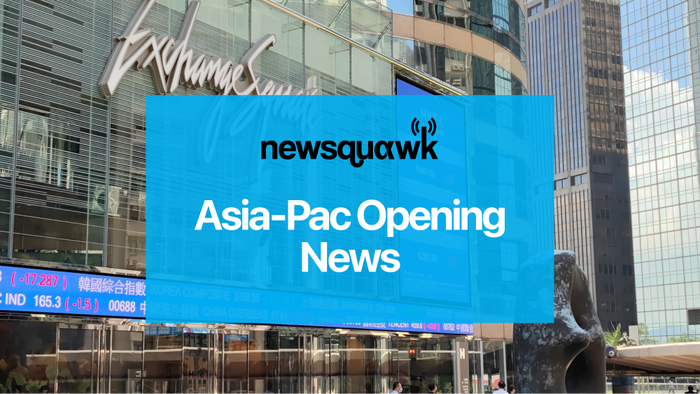On Friday, U.S. stocks experienced a notable uptick, largely driven by a strong performance in the financial sector. Key contributors included major institutions like JPMorgan (JPM), Wells Fargo (WFC), and BlackRock (BLK), all of which reported favorable earnings updates. Despite this positive trend, investors grappled with mixed data from the Producer Price Index (PPI) and a softer preliminary release from the University of Michigan. Overall, most sectors closed with gains; however, the consumer discretionary and technology sectors fell behind. Tesla (TSLA) notably suffered an 8.8% drop following a disappointing Robotaxi event that failed to meet investor expectations. This market activity coincided with a steepening of the Treasury curve influenced by the PPI results and the University of Michigan survey, which, despite initial volatility, ended with a positive tone due to dovish comments from Fed officials and a decrease in oil prices.
In the international arena, China’s Finance Minister Lan Foan unveiled that local governments are poised to deploy CNY 2.3 trillion in unused funds and debt quotas within the year’s final quarter. He emphasized the central government’s capacity to issue more debt and expand the budget deficit, outlining a commitment to implementing fiscal and tax reforms gradually over the next few years without specifying the stimulus’s magnitude. This announcement was interpreted as a strategic move to bolster economic support as certain policy measures are expected to be rolled out in 2024 and 2025. As international attention turns towards economic indicators, upcoming data releases are set to include New Zealand’s Performance of Services Index, Chinese trade data, and a significant Monetary Authority of Singapore policy announcement, alongside various briefings from China’s governmental ministries.
U.S. trade dynamics further evolved with stocks responding positively to financial sector performance, reflecting investor confidence amidst varied economic indicators. The S&P 500, Nasdaq, and Dow Jones indices all concluded the day on a high note, with increases of 0.61%, 0.15%, and 0.97%, respectively. Despite these gains, consumer discretionary and tech stocks lagged, primarily attributed to Tesla’s substantial market pressure. The Treasury yield curve showcased moments of fluctuation in response to the mixed economic data but eventually stabilized positively, aligning with the remarks made by influential figures in the financial sector, which were interpreted as leanings towards a more accommodative monetary policy.
Geopolitically, tensions in the Middle East intensified as U.S. President Biden ordered the deployment of THAAD missile defense systems to protect Israel. Concurrently, concerns arose over Israeli military actions that reportedly targeted U.N. peacekeeping units in Lebanon, prompting U.S. Secretary of Defense Austin to stress the importance of safeguarding international peacekeeping efforts. Israeli PM Netanyahu engaged with the U.N. Secretary-General advocating for the removal of U.N. forces from conflict zones in Lebanon, highlighting underlying tensions that have led to increased military activity in the region. Further exacerbating these tensions, reports indicated that Hezbollah had escalated its military actions via drone strikes and artillery fire directed at Israeli forces, sparking fears of a larger conflict that could destabilize the region.
In the context of global trade relations, China communicated ongoing challenges in tariff negotiations with the European Union, underscoring a lack of consensus and urging the EU to expedite discussions. Cooperation was characterized by major divisions, specifically around industry positions regarding price commitments. On the other hand, Vietnam and China announced a cooperative framework to enhance defense and economic ties, with plans prioritizing railway projects and high-tech investments from Chinese enterprises, signaling a desire for strengthened bilateral relations amidst the broader backdrop of changing trade dynamics.
As for economic data, critical indicators from China revealed mixed signals, with the Consumer Price Index (CPI) reflecting stagnation and lower-than-expected inflation rates. These figures might influence how both domestic and international stakeholders approach market strategies moving forward. Additionally, in the UK, government discussions suggested potential adjustments to payroll taxes, igniting speculation on fiscal policies aimed at addressing fiscal sustainability, which could bear implications for business operations and economic growth moving forward. Overall, the intertwining of financial performance, geopolitical maneuvers, and economic data continues to shape the narrative of markets and international relations as we navigate the closing months of the year.

